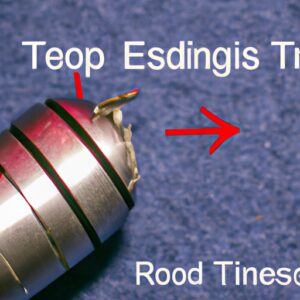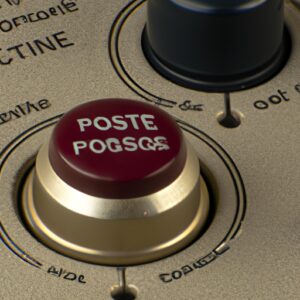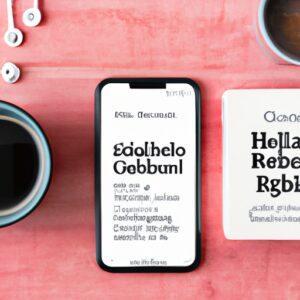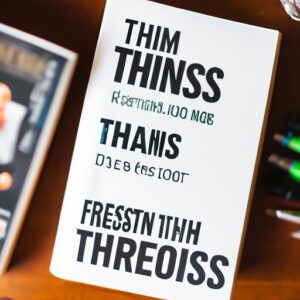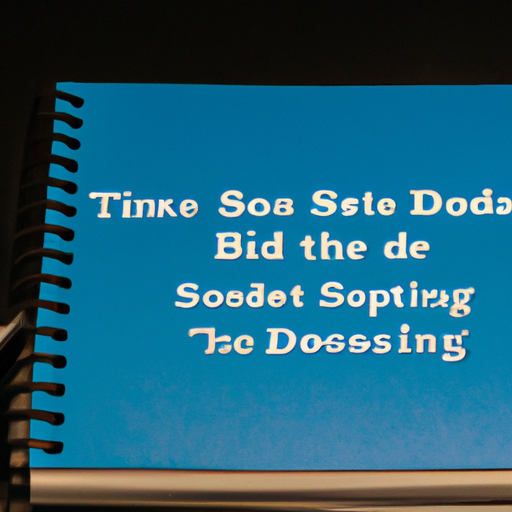
The Basics of Sound Design for Podcasters: Tips and Examples
As a podcaster, you know that sound is everything. The way your podcast sounds can make or break your success. That’s why it’s so important to understand the basics of sound design. Whether you’re just starting out, or you’re looking to take your podcast to the next level, these tips and examples will help you create the perfect sound for your show.
Tip #1: Invest in Good Equipment
If you want your podcast to sound great, you need to invest in good equipment. A high-quality microphone will make a huge difference in the sound quality of your podcast. You should also consider investing in a good pair of headphones, a mixer, and soundproofing materials for your recording space.
Tip #2: Use Music and Sound Effects
Adding music and sound effects to your podcast can help set the tone and create a more immersive listening experience for your audience. There are plenty of websites where you can find royalty-free music and sound effects, or you can create your own using software like GarageBand or Audacity.
Tip #3: Pay Attention to Levels
One of the most important aspects of sound design is making sure that your levels are balanced. If your voice is too loud, it can be painful for your listeners to listen to, and if it’s too quiet, they won’t be able to hear what you’re saying. Make sure your levels are consistent throughout your episode, and use compression and EQ to even things out if necessary.
Tip #4: Don’t Underestimate the Power of Editing
Editing is a crucial part of sound design. Take the time to edit your episode carefully, cutting out any filler or mistakes. Use transitions to smooth out any abrupt cuts, and consider adding some creative editing techniques to add some flair to your show.
Example #1: The Moth
The Moth is a storytelling podcast that features real people telling true stories in front of a live audience. The sound design of the show is simple, but effective. The host’s voice is clear and level, and the show features some light music and sound effects to add to the stories. The editing is clean and tight, making for a smooth listening experience.
Example #2: Radiolab
Radiolab is a science and philosophy podcast that uses sound design to create a truly immersive experience for the listener. The show features a mix of music, sound effects, and ambient noise to create a world around the stories being told. The editing is precise and layered, adding to the intricate nature of the show.
Conclusion
Sound design is an essential part of creating a successful podcast. By investing in good equipment, using music and sound effects, paying attention to levels, and editing carefully, you can create a show that sounds great and engages your audience. Take inspiration from shows like The Moth and Radiolab, and experiment with your own sound design techniques to create a unique sound for your show.
